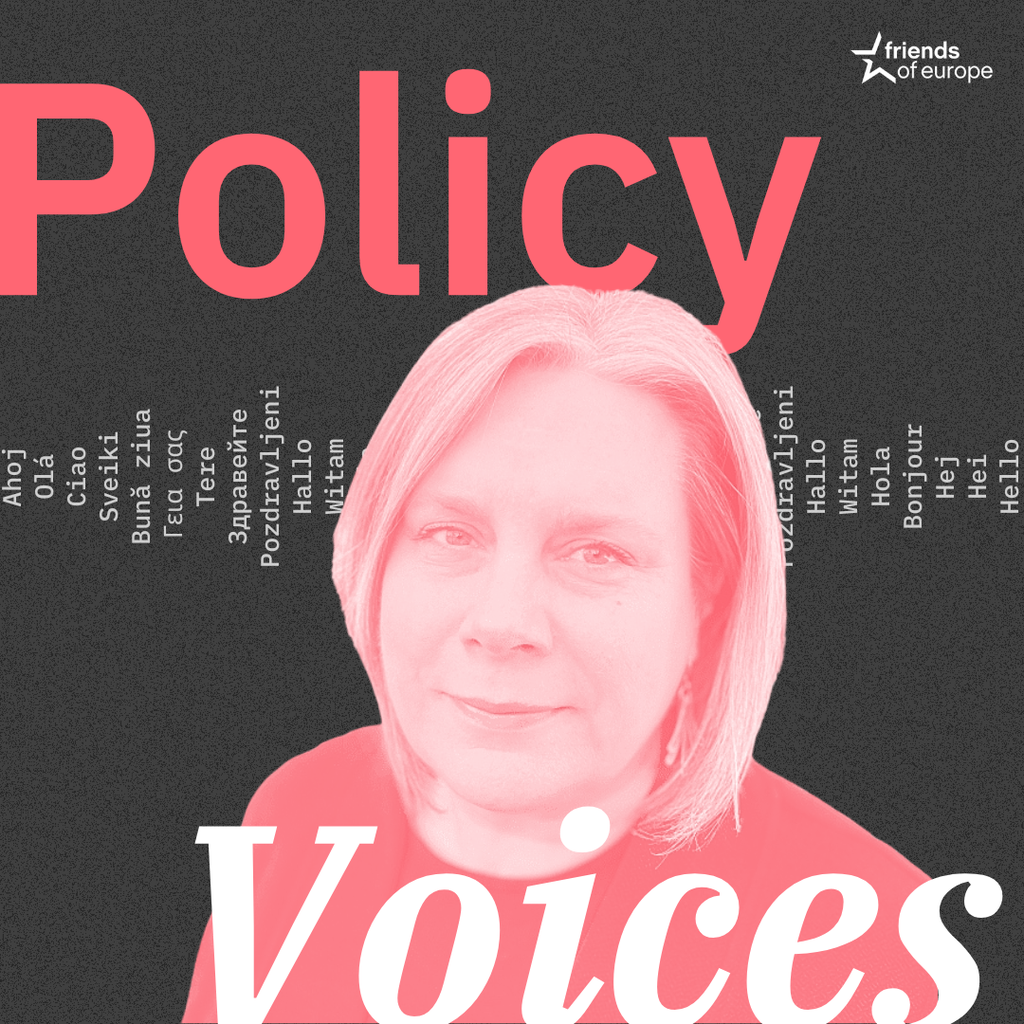Climate and Energy Summit 2025
Next event In person & livestreamed

- Area of Expertise
- Climate, Energy & Natural Resources
Climate, Energy & Natural Resources

Professor of sustainable innovation at Utrecht University; Ambassador for Circular Economy in the Metropolitan region of Amsterdam and former Dutch Minister of Housing, Spatial Planning and the Environment
Scaling up the circular economy to a size where it can have a real impact is crucial and setting the right price is the easiest way to trigger that. When external costs like pollution of producing and then discarding goods are internalised, the need to close the resource loop becomes all too evident. It’s a claim that’s been made for decades, yet still hasn’t materialised. There are unfortunately too many obstacles and vested interests that continue to hamper a fundamental greening of the pricing system. Breaking this deadlock so as to move forward on the circular economy means that alternative policy strategies have to be developed. A particularly promising approach would be to close the resource loops at city level.
Cities are an attractive starting point for making the transition to a circular economy. They are where products are produced, consumed and discarded in large quantities and their high population density and industrial productivity mean that waste streams can be cost-effectively collected, transported and recycled. Systems for sharing services and setting up repair, thrift and re-manufacturing facilities have large potential markets, so cities are increasingly being seen as key players against global warming and resource depletion.
The basic principle of the circular city is that all product and material streams can be brought back into the cycle after use, and become resource for new products and services. This means that waste as such no longer exists.
This means that waste as such no longer exists. This isn’t yet the case, but a growing number of municipalities have gained experience on the road towards being a circular city. Waste streams like glass and paper are sustainably recycled and the re-use of products is encouraged via repair and thrift shops or charity organisations.
The primary focus, though, is still on managing waste streams rather than optimising and renewing product and material chains. It is when cities eventually move into this that benefits will be great. On top of environmental gains, there can be cost reductions through resource efficiency, along with major indirect benefits like more jobs, new businesses and innovation.
There are a number of roads cities can follow towards a circular economy, but it is important to start with the most promising resource streams. Selection criteria can include high volumes and significant reductions of environmental impacts combined with profitable economics and societal advantages. For each resource stream tackled, the options for closing the loop should be assessed in consultation with the stakeholders, who are the producers of the product or material chain, innovators in the market, knowledge partners and end-users. After selecting the most promising options, strategies should be developed to put those in place.
Closing the product loops and materials chains implies a shift to new economic models. Instead of selling a product, its producers may instead lease or rent their product and take after-use responsibility for it. Circular chains can only be created, though, through cooperation between companies working in consortia and involvement of end-users and local governments. Such consortia usually set up new financial and legal arrangements needed for a positive business case. It’s a strategy that has been followed, for example, by the ‘Circle city Rotterdam’ initiative, which has created a consortium consisting of a social housing organisation, a demolition firm, a recycler and a municipal cleansing company. It closed the loop of construction and demolition waste and is rebuilding the neighbourhood with recycled materials. All this was made possible by sharing costs and benefits via integral cost accounting.
The primary responsibility for creating a circular economy has to be in the hands of industry, but local governments can play the role of facilitator and orchestrator. When traditional regulation hampers innovation, the municipality can help change the rules of the game, and it can enhance investment opportunities for circular economy businesses via spatial planning and economic policies. The most important mechanism municipalities can use to promote the circular city is to include circular thinking in its public procurement. In the Netherlands, pro-active municipalities and provinces like Amsterdam and Utrecht have been making a start with this approach.
Circular city strategies need to go hand in hand with bottom-up initiatives by citizens and private companies. Empowering people to bring their own ideas into practice generates enthusiasm for the circular economy and mobilises the people’s creativity. It’s a change in culture that may eventually lead to political support for more fundamental changes in our pricing system.
Next event In person & livestreamed

Past event In person & livestreamed

Past event In person & livestreamed

Past event In person & Livestreamed





Stay informed
We use cookies and similar technologies to adjust your preferences, analyze traffic and measure the effectiveness of our campaigns. Learn more about our privacy policy.